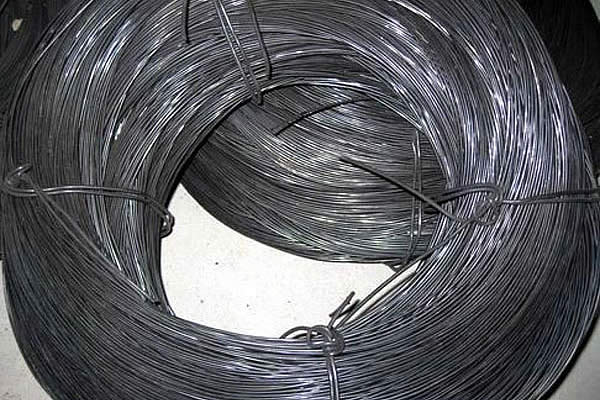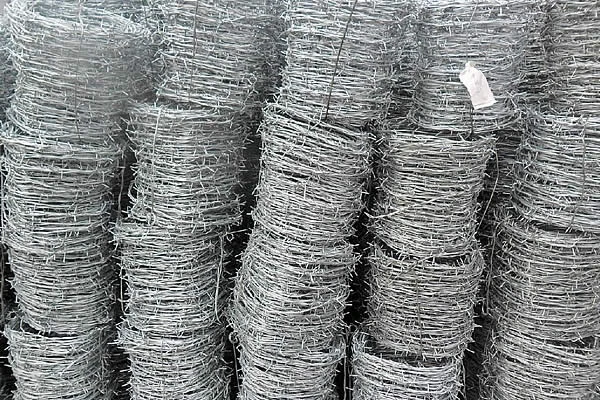Selecting the right materials for your projects is crucial for both safety and longevity, especially when it involves structural components like cables. Among various options, the 3/16 stainless steel cable stands out due to its notable strength and adaptability, making it a preferred choice across multiple industries including construction, marine, and architecture.

Understanding the Strength of 3/16 Stainless Steel Cable
Stainless steel cables are renowned for their durability and resistance to environmental factors. The 3/16-inch diameter is particularly versatile, offering an optimal balance between strength and flexibility. The tensile strength of this cable typically ranges between 3,000 to 4,000 pounds, depending on the specific steel grade and construction (such as 1x19, 7x19 configurations). This capacity makes it suitable for supporting structures, lifting systems, and even outdoor railings without succumbing to pressure.

Applications and Advantages
One of the key advantages of using 3/16 stainless steel cable is its performance under harsh conditions. Its corrosion resistance renders it ideal for outdoor and marine environments where exposure to moisture and salt is prevalent. For instance, in cable railing systems for bridges or decks, the stainless steel cable maintains its integrity and aesthetics over time, reducing maintenance costs and enhancing safety. Additionally, in marine applications, this cable is often used in rigging and mooring lines where reliability is paramount.
Its aesthetic appeal cannot be overlooked as well. The sleek, polished look of stainless can enhance modern architectural designs without compromising functionality. Whether used in minimalist interiors or expansive outdoor installations, its appearance remains sophisticated yet subtle.
Expert Insights on Quality and Selection
When selecting a 3/16 stainless steel cable, it is crucial to consider the specific grade of stainless steel. Common grades such as 304 and 316 offer excellent corrosion resistance and strength, but 316 is often favored in marine and chloride environments due to its superior resistance to pitting and corrosion.
Moreover, the configuration of the cable impacts its performance and should align with the intended use. For example, a 1x19 cable offers minimal stretch and high tensile strength, making it suitable for stationary applications like railing. In contrast, a 7x19 cable, with its flexible core, is ideal for dynamic applications like pulleys and winch lines.
3 16 stainless steel cable strength
Endorsements from Industry Experts
Leading industry figures emphasize the importance of purchasing from reputable suppliers who adhere to rigorous standards. This assurance of quality ensures safety and reliability, which are non-negotiable in critical applications. For example, the International Organization for Standardization (ISO) and American Society for Testing and Materials (ASTM) provide guidelines that trustworthy manufacturers follow, thus guaranteeing that your stainless steel cable meets high performance and safety benchmarks.
Real-World Experience
Numerous architects and engineers vouch for the effectiveness of 3/16 stainless steel cable in both commercial and residential projects. As Jason Greene, a certified structural engineer with over 20 years of experience, notes, Architectural structures that use stainless steel cables benefit from not only their strength but their adaptability to sophisticated designs–they are an integral part of modern architecture.
Safety Measures and Maintenance
While stainless steel cables are generally low-maintenance, regular inspections and cleanings are recommended to maximize their lifespan. It is important to check for any signs of wear, corrosion, or fatigue, especially in load-bearing applications. A simple cleaning with soap and water can keep the cables free of contaminants that could potentially cause corrosion over prolonged periods.
Conclusion Trust in Quality
Investing in 3/16 stainless steel cable is an investment in safety, durability, and aesthetic value. Whether you are working on a marine project, constructing a building, or designing a new architectural feature, the right cable makes all the difference. Ensure you choose a cable that meets your specific needs by considering the environment, application, and supplier credibility. Your diligence in selection and maintenance can lead to a project that stands the test of time, offering both reliability and beauty.
 TEL:
+86-13102802206
TEL:
+86-13102802206
 Email:
fencenetting@china.com
Email:
fencenetting@china.com
 Language
Language
 TEL:
+86-13102802206
TEL:
+86-13102802206
 Email:
fencenetting@china.com
Email:
fencenetting@china.com
 Language
Language



